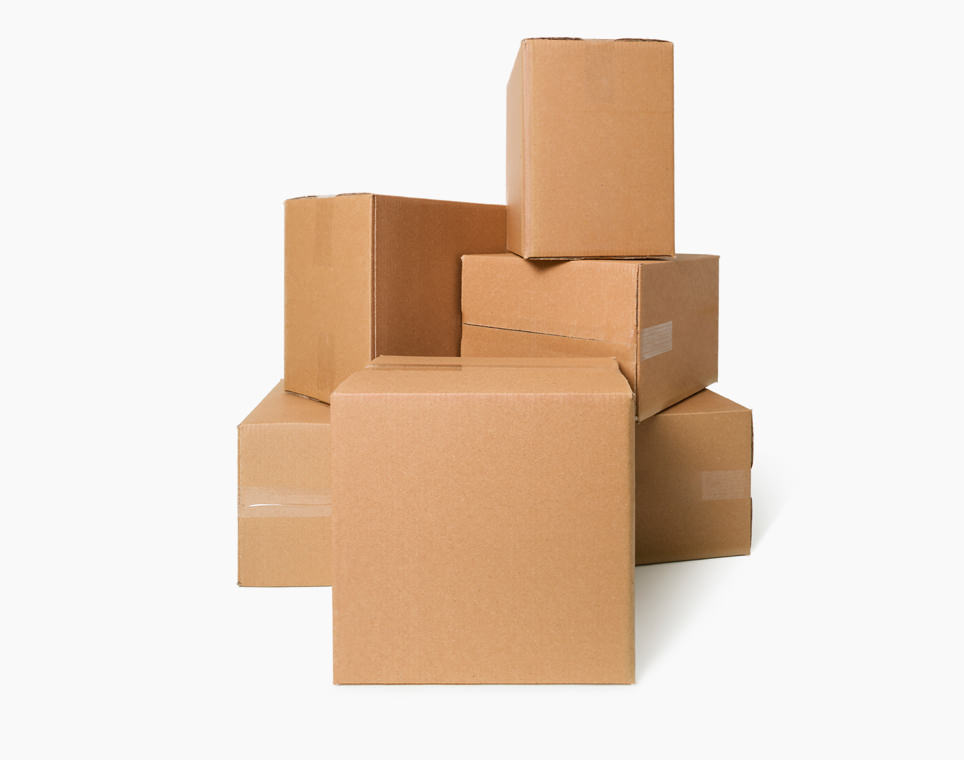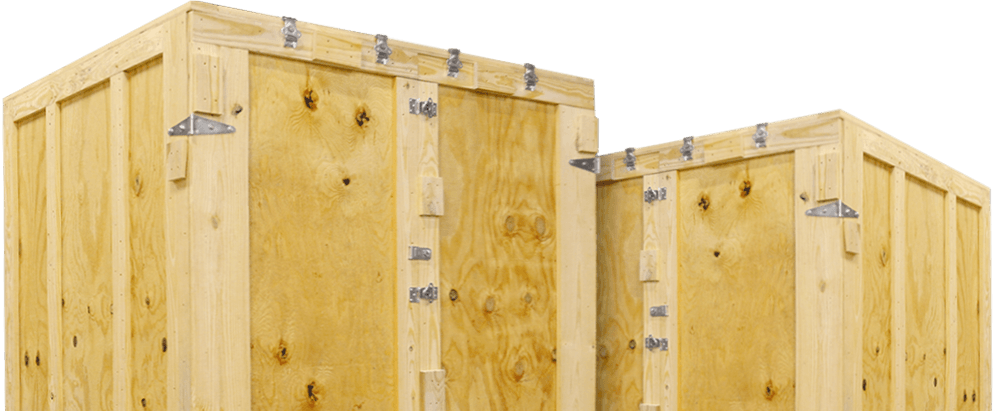Newsroom
Packaging Terms Defined: An Essential Glossary for Businesses
When navigating the world of packaging, it’s important to understand the lingo when communicating your operational needs. Here’s a concise guide to some of the most important packaging terms:
1. Primary Packaging
Primary packaging refers to the first layer of protection that directly contacts the product. It keeps the product safe and secure for consumer use. Examples include bottles, cans, and wrappers.
2. Secondary Packaging
Secondary packaging is the outer wrapping that groups primary packages together, such as boxes or cartons. It’s often used for branding and transportation. For example, the box holding multiple tubes of toothpaste serves as secondary packaging.
3. Tertiary Packaging
Tertiary packaging is used for bulk handling, storage, and transport, such as pallets, shrink wrap, or crates. It protects products during shipping and allows for easier handling during distribution.

4. Corrugated Fiberboard
Commonly referred to as cardboard, this material consists of fluted corrugated sheets sandwiched between two flat linerboards. It’s widely used in shipping due to its versatility and durability. Go here to learn more about Corrugated Boxes.
5. Cushioning
Cushioning refers to materials such as foam, bubble wrap, or airbags placed inside a package to protect products from impact or vibrations during transport.
6. Dimensional Weight (DIM)
Dimensional weight is used by shipping companies to calculate the cost of shipping based on the volume of the package rather than its actual weight. It’s calculated by dividing the package’s cubic size by a DIM factor (e.g., 139 for domestic shipping in the U.S.).
7. Shrink Wrap
Shrink wrap is a plastic film that shrinks tightly over products when heat is applied. It’s often used for grouping products together for shipping or protecting items from dust or damage.
8. Custom Inserts
These are tailored internal components within a package, such as foam or molded plastic, designed to fit and protect specific products, especially fragile items.
9. Flexible Packaging
Flexible packaging is made from easily bendable materials like plastic, paper, or foil. Examples include bags, pouches, and sachets. It’s favored for its cost-effectiveness and reduced environmental impact due to its lightweight nature.
10. Sustainability
In packaging, sustainability refers to designing and using materials that reduce environmental impact. This includes biodegradable, recyclable, or reusable packaging solutions.
11. Blocking and Bracing
Blocking and bracing are techniques used to secure cargo inside a container or truck. It prevents items from shifting during transport, ensuring that products arrive undamaged.
12. Dunnage
Dunnage refers to the protective materials used in packaging to secure products during transport by filling empty spaces, preventing movement, and minimizing vibrations and overall damage. It can include air pillows, bubble wrap, foam, or crumpled paper, and plays a crucial role in blocking and bracing items in transit.

13. Void Fill
Void fill materials, such as packing peanuts or crumpled paper, fill empty spaces in packages, ensuring the product doesn’t move during transit.
14. Blister Pack
A type of packaging that involves a pre-formed plastic bubble (or “blister”) that holds a product, sealed to a backing made of paperboard or aluminum foil. It’s often used for pharmaceuticals, small electronics, and toys.
15. Clamshell Packaging
Clamshell packaging consists of two hinged halves of plastic that enclose the product. It’s often used for consumer goods like electronics, hardware, or toys.
16. Overpack
Overpack refers to an additional layer of packaging used to group multiple items or protect them further during shipping. It can be in the form of larger boxes or outer protective wraps.
17. Hermetic Seal
A hermetic seal is an airtight seal that prevents the passage of air, gases, or moisture. This type of sealing is often used in food, electronics, and pharmaceutical packaging to preserve freshness and prevent contamination.
18. Stretch Wrap
Stretch wrap is a highly elastic plastic film wrapped around items to hold them securely on pallets during transport. It’s different from shrink wrap, as it is applied under tension and clings tightly without heat.
19. Kraft Paper
Kraft paper is a strong, brown paper commonly used for wrapping, dunnage, or making paper bags. It’s highly durable and often used in eco-friendly packaging.
20. RFID Tags
Radio-frequency identification (RFID) tags are electronic devices used to track products during shipping and inventory management. They help in automating identification processes and improving supply chain visibility.
Understanding these packaging terms will help you make informed decisions about your packaging needs, whether you’re focused on efficiency, sustainability, or product protection.
For over 90 years, Maryland-based Arnold Packaging has provided solutions tailored to our customer’s business needs. Today, we’re here for you. Contact us for a free consultation at 855-276-6537 or submit a quick form and we’ll get right back to you.
Laura Cadden
Arnold Packaging
Protecting Your Product & Your Profit


